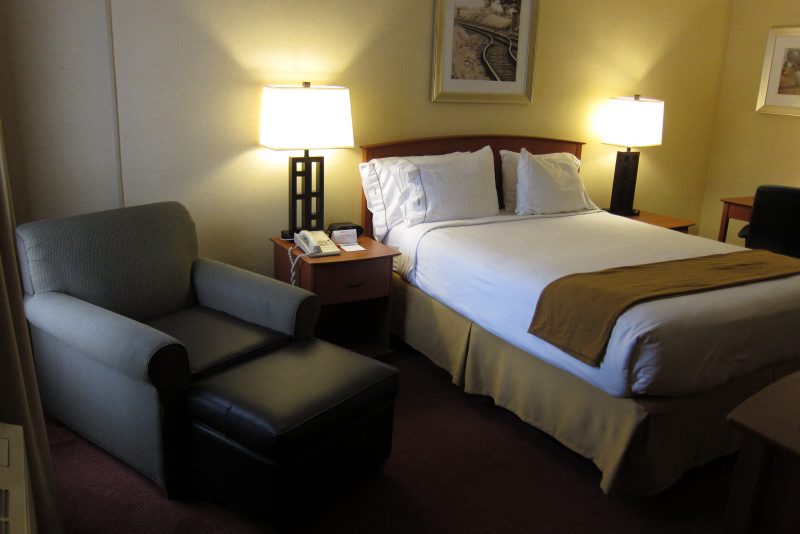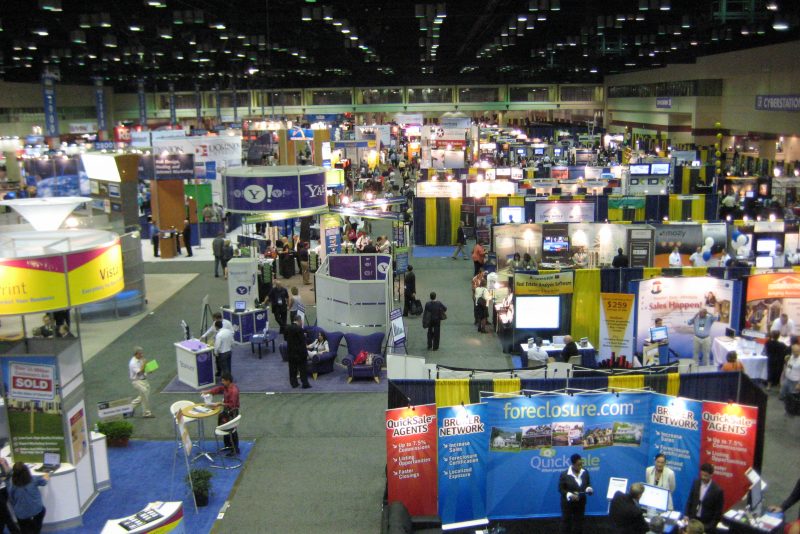I have just returned from the SAPInsider Financials HCM and GRC show in Amsterdam and this is the fourth or fifth show of this type that I have attended. My perspective on this may be a little skewed but I see this series of shows as differing from Techedand ASUG-Sapphire in that they focus more on the operational stuff, the use cases, the implementation stories and the technologies that you might use to get stuff done in your SAP environment. I also see this as a great opportunity for SAP project and program managers, functional and techno-functional people to network and really home in on the topics that are relevant and pertinent to the business challenges that they are attempting to meet.
I am often surprised by the number of SAP newbies that attend these shows, people who come from companies that have just embarked upon an SAP project or are completely new to the world of SAP. These kinds of people don’t seem to be the normal attendees at Teched and Sapphire.
 Having never chosen a particular realm of SAP to become super familiar with, it always struck me that these kinds of focused shows were not as relevant to me as the Teched and Sapphire shows that were more general. I come from a finance background with a bit of everything on the side.
Having never chosen a particular realm of SAP to become super familiar with, it always struck me that these kinds of focused shows were not as relevant to me as the Teched and Sapphire shows that were more general. I come from a finance background with a bit of everything on the side.
However with the passage of time, my perspective on the relevance of SAPInsider has changed. This is more than likely occurred because I am on the inside facing out towards the attendees rather than on the flip side of trying to learn as much about the industry as possible. My interests are now directed specifically to understanding the business and SAP technologists’ challenges with using SAP and getting the best ROI out of their SAP investment.The conversations need to be more specific and more relevant to solving problems
The last two shows that I attended from the SAPinsider stable as a representative of Winshuttle were this show in Amsterdam and the show in Las Vegas a couple of months earlier. The agendas are always different and even the booths are staffed and occupied by a variety of different companies.
Though both the Las Vegas and Amsterdam shows were ostensibly on the same topic, I don’t believe I saw a single attendee who was at both shows. In late 2010 at the Barcelona show however I saw some of the same people again at Las Vegas but the Barcelona show was for Supply Chain and the duplications were generally system integrators or consultants so I am guessing they were looking for breadth of solutions and stories.
Attending shows as an SAP customers can become very expensive and in the past I remember spending a lot of time planning my itinerary for sessions that I wanted to attend only to find that some of them were conflicting with one another and based on what I saw at this show, that behavior seems inevitable for most of the attendees and certainly the footfall in the vendor booths area seemed less heavy than at other shows. Could it be that the Europeans had a more serious ‘attendance’ perspective that didn’t involve frittering time away at vendor booths? I know I heard a lot of whining from booth operators at Sapphire… Perhaps there is a sea change afoot in terms of what people want to do at these shows.
It would be easy to say that as a non-exhibiting show attendee travel abroad could be considered a bit of a junket, especially to a destination like Amsterdam but based on what I saw and the conversations I had with a variety of people , getting down to brass tacks in terms of business challenges and how various technologies could help solve them was the order of business. So the conversations tended to be thought provoking, deep dive and filled with questions. This is a small show, around a 1,000 attendees I believe but it is definitely a different profile to the North American shows with different people to have interesting conversations with.
From an attendee profile perspective I would say that I saw the usual ratios of business personas (technical, functional, management) but most interesting was the increased presence of attendees from Eastern Europe (esp. Russia); Africa (esp. South Africa) and Scandanavia (esp. Finland). I recall I mentioned this somewhere in the past, however I continue to be astonished at the number of SAP installations, and substantial ones at that, scattered across the Nordic countries and in Eastern Europe. Some of them are government or defense related so seeing employees of the government was a novelty. The age of these installations also something quite interesting; many of them seemed to be around 15 years old thereabouts, perhaps a little older or younger but not much younger.
Once again the usual issues cropped up in discussions. Many companies continue to want to expand their use of SAP further into the organization but have a mortal fear of exposing new business users to the flexible but complex SAP UI. Some have implemented portal based technologies but found that the data volumes are too great to make a role-based view of the SAP data perform sufficiently well and others still have chosen to stay in the pre-ECC5 world because their systems are over-customized or enhanced and they don’t see any core functionality improvements to be garnered from doing an upgrade. Once again, a lot of data is still maintained in Microsoft Excel and manually maintained through manual keyboard entries.
The same conversations were had, including some interesting discussions around the differences between tactical reporting with Winshuttle Query to diagnose or solve problems quickly versus strategic reporting, executive dashboarding etc and the ability to create and syndicate program-like objects (on the fly queries) quickly and effectively either for long term use or for something very specific, which would be later discarded or retweaked.
There was a strong BI/BW Business Intelligence representation which should come as no surprise (the show included BI2011) but what did surprise me was the fact that many of them had an incomplete understanding of the standard reporting and querying methods available out of ERP. To me that is a functional miss in terms of their skillset even if their specialisation is BI – BI doesn’t end at the last delta update from ERP.
I found it particularly interesting to note that many of these companies and organizations were prepared to consider tools over customer programming or staff augmentation first which demonstrated a bit of a difference in terms of mindset compared with some of the North and South American attendees. I can only attribute this to either a higher cost per cap for staff augmentation, the lack of a viable pool of seasonal/relief workers or perhaps some legal issues around utilizing temporary staff augmentation. Then again….perhaps it is just a European thing.


